Lost when it comes to which type of oats you need for breakfast or a recipe? In this comprehensive guide we’re covering the most common oat varieties and how to use them!
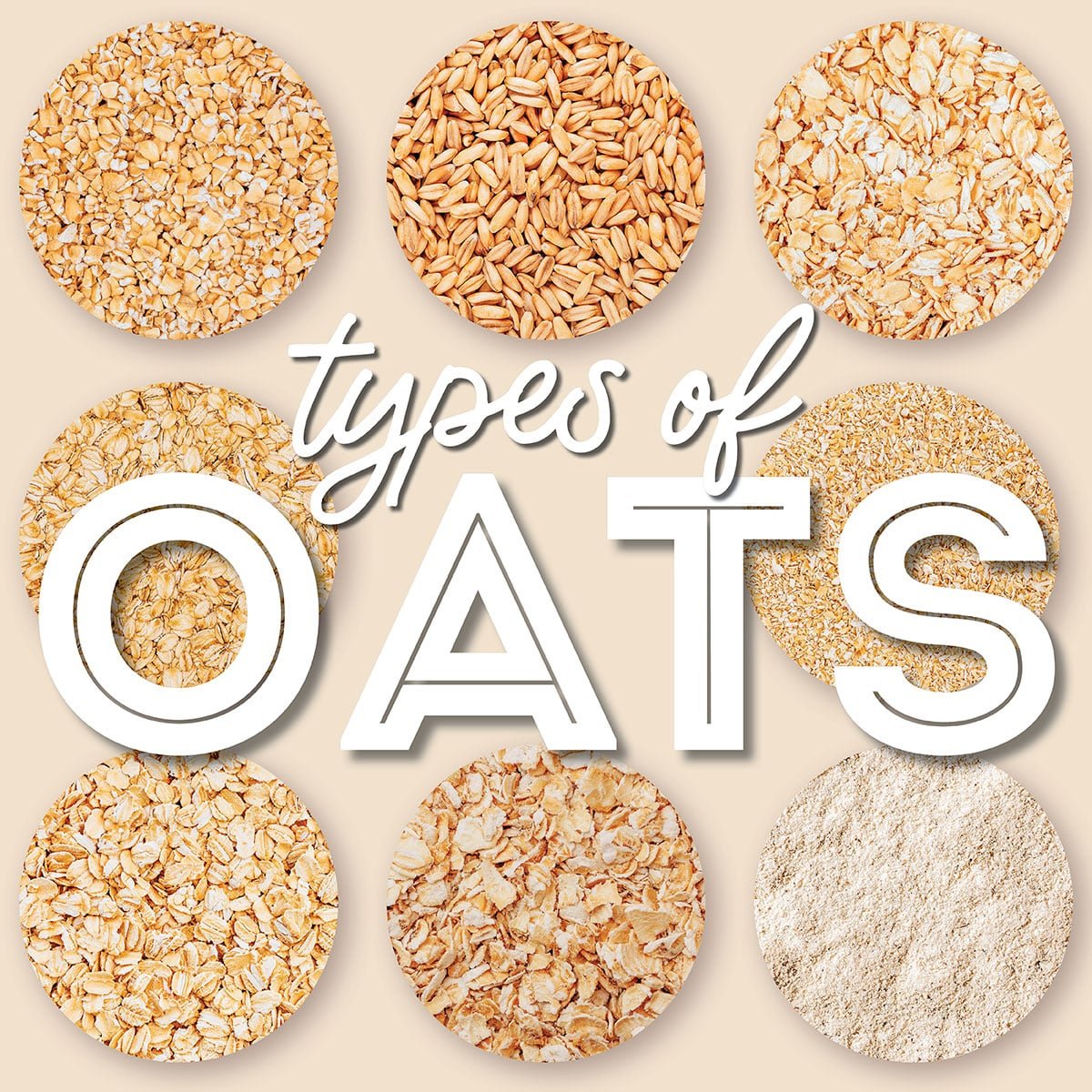
What Are Oats?
Oats are a type of cereal grain that has been cultivated for thousands of years. The exact origin of oats is not well-documented, but they are believed to have been first cultivated in the Fertile Crescent region of the Middle East around 2,000 to 3,000 BCE. Oats were initially used primarily as animal fodder, but over time, their nutritional value and versatility led to their incorporation into human diets.
Oats start as groats, the seed of a cereal grain. They’re usually roasted to make them more shelf stable and to give them a toasty flavor, then processed in a number of ways. It is the type of processing that produces the 8 basic types of oats
Types Of Oats
There are 8 different types of oats, or perhaps more accurately there are 8 different ways to process oats. From the least to most heavily processed these different oats are:
- Whole Oat Groats
- Steel Cut Oats
- Scottish Oats
- Rolled Oats
- Quick Oats
- Instant Oats
- Oat Bran
- Oat Flour
Whole Oat Groats
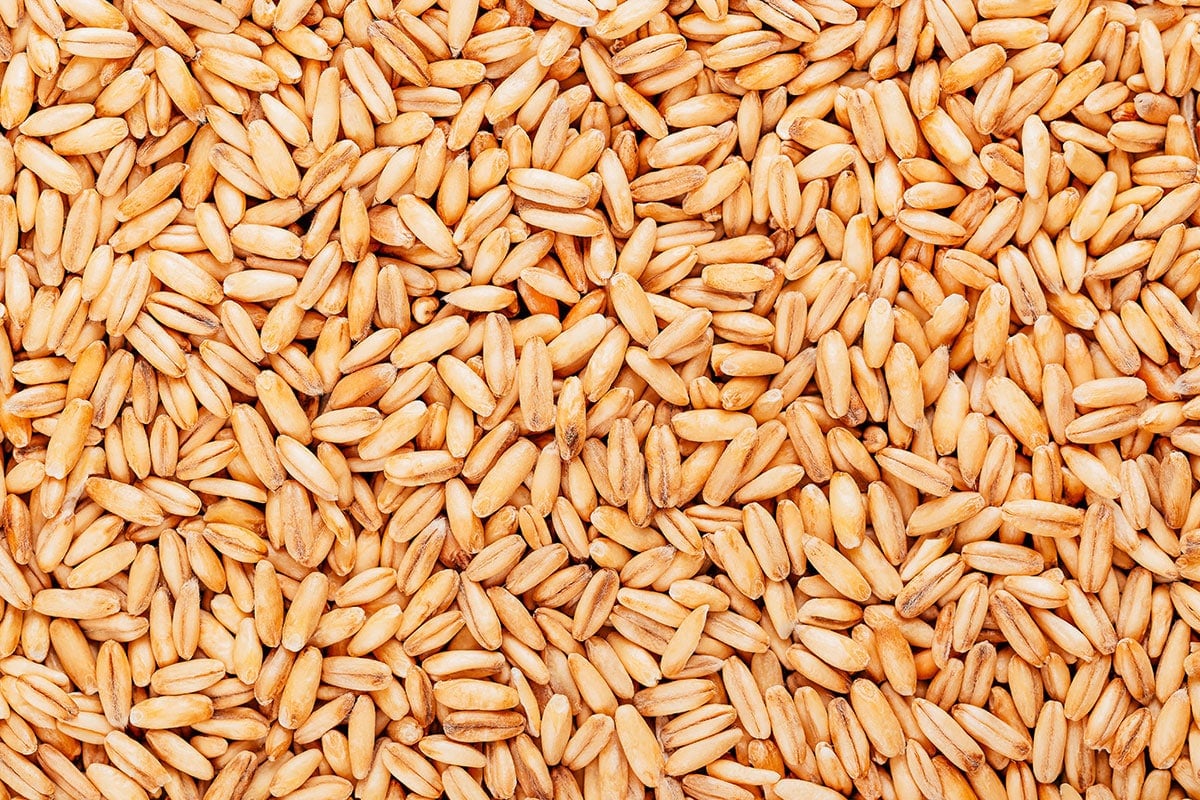
What Are They? Whole oat groats are the least processed form of oats and are a type of whole grain. They are the whole kernels of oats that have had the outer husk removed but still retain their bran, germ, and endosperm layers. Whole oat groats are typically harvested and then cleaned to remove any debris or impurities. The outer husk, also known as the hull, is then removed through a process called de-hulling. The resulting oat groats are the whole, unbroken oat kernels.
Texture & Flavor: Due to their minimal processing, oat groats have a distinct texture and flavor, compared to more refined oat products like rolled oats or instant oats which tend to be softer. The flavor of oat groats is also nuttier and earthier compared to more refined oat products.
Cooking Method: Cooking whole oat groats requires more time and water compared to more processed oats. Here’s a basic stove top cooking method:
- Rinse the oat groats under cold water to remove any excess starch. In a pot, combine 1 part oat groats with 3 parts water (or broth for added flavor). Bring to a boil. Once boiling, reduce the heat to a low simmer. Cover the pot and let the oat groats cook for about 45 minutes to 1 hour, or until they reach your desired texture.
- Once cooked, you can season the oat groats with salt, herbs, spices, or other ingredients to enhance the flavor. Oat groats can be served as a side dish, a base for savory or sweet toppings, or incorporated into recipes like salads, stews, grain bowls, or casseroles.
Due to their longer cooking time, some people choose to soak oat groats overnight to reduce cooking time. Additionally, you can use a pressure cooker or slow cooker to cook oat groats more quickly.
Want creamier oats?
Adding oats to cold water and bringing them to a boil together will result in creamier oatmeal, while adding oatmeal to already boiling water will result in more textured oatmeal. Know what you’re going for and cook accordingly.
Steel Cut Oats
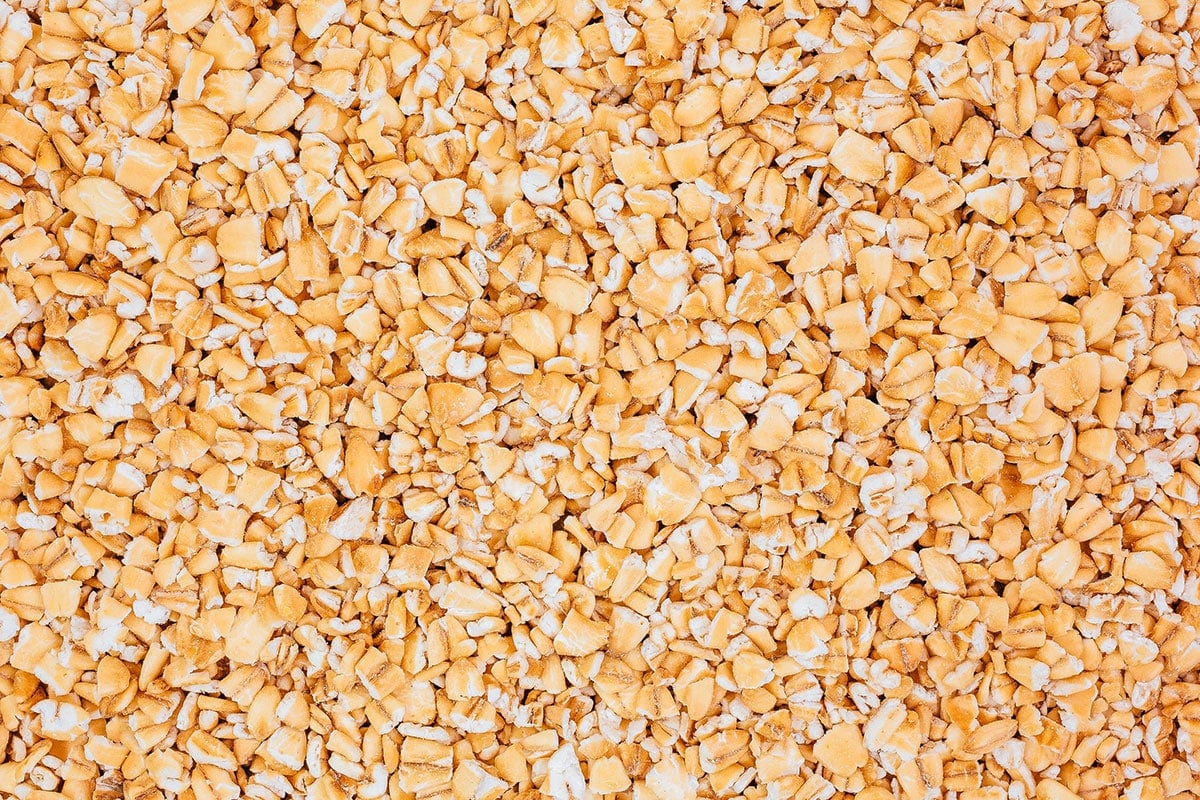
What Are They? Steel-cut oats, also known as Irish oats, are a type of whole oat groats that have been chopped into smaller pieces using steel blades. They are less processed than other forms of oats, such as rolled oats or instant oats, and are known for their nutty flavor and hearty texture.
Texture & Flavor: The cutting method results in larger chunks with an almost rice-like look. Because they are larger, they take longer to cook and have a coarse, chewy texture compared to rolled or instant oats. They retain their shape and have a chewy, slightly crunchy consistency after cooking.
Cooking Method: Bring 3 cups of water to a boil. Add 1 cup of oats, and reduce to LOW heat. Let the oats cook for 15-20 minutes uncovered. Take them off the stove, cover, and allow them to sit for a few minutes before serving or using them in a recipe. Many people also choose to soak steel-cut oats overnight to reduce cooking time the next morning. You can also choose to use your Instant Pot or Crockpot for great oats.
Toppings: Steel-cut oats have a natural nutty flavor that pairs well with various toppings and mix-ins. Common additions include fresh or dried fruits, nuts, seeds, honey, maple syrup, yogurt, and spices like cinnamon. Steel-cut oats are also a great option for use in granola.
Scottish Oats
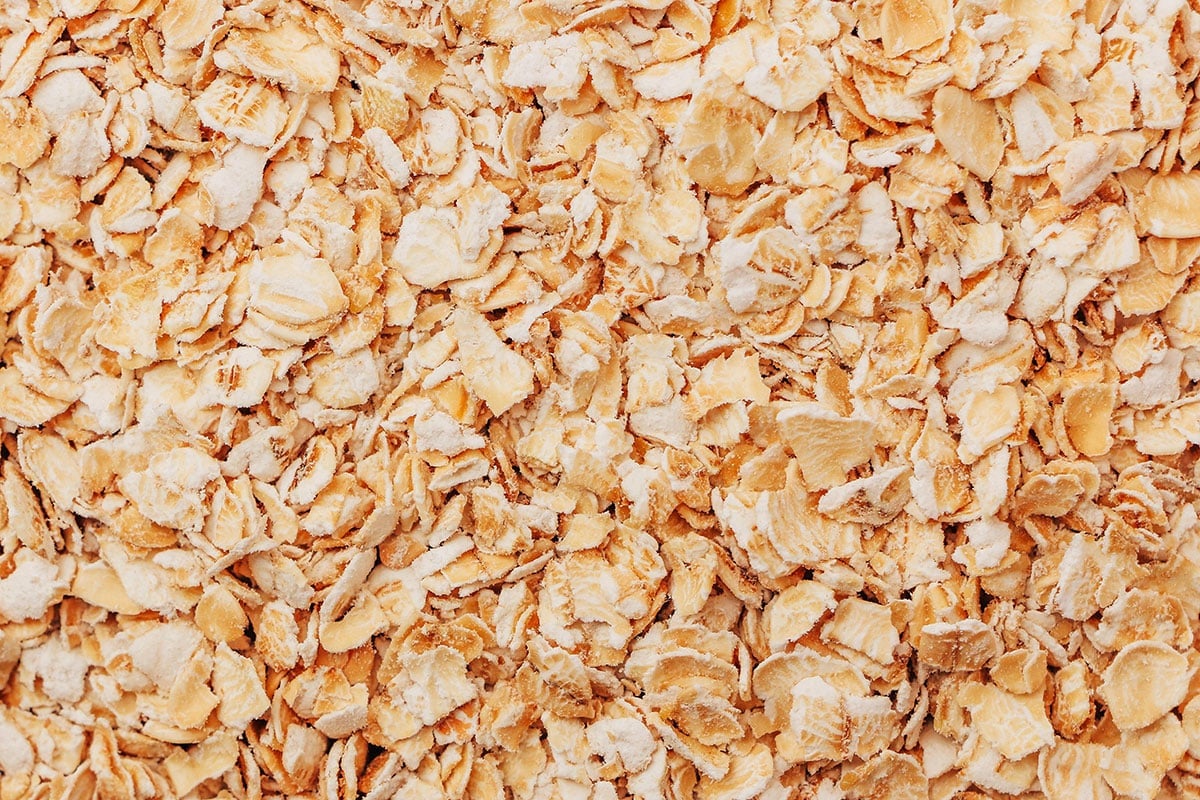
What Are They? Scottish oats are not as commonly used in the USA as other oats, and are also referred to as stone-ground oats. Stone-ground oats are produced by passing whole oat groats through a set of large millstones, typically made of granite or quartz. The millstones crush the groats into smaller pieces. This process is slower and less refined compared to steel-cutting methods, which heat up the oats due to friction, potentially affecting their nutritional content and texture.
Texture & Flavor: Stone-ground oats have a coarser texture compared to instant or rolled oats, as the milling process doesn’t break down the groats as extensively. This results in oats with a slightly chewier and heartier texture, which some people find more satisfying. The coarser texture also contributes to a more rustic, nutty flavor that can be appealing to those who prefer a more natural taste.
Cooking Method: Bring 3 cups of water to a boil. Add 1 cup of oats, and reduce to LOW heat. Let the oats cook for 10-15 minutes uncovered. Once the oats reach your desired consistency (some prefer softer, while others prefer chewier), remove from heat and let them sit covered for a few minutes before serving.You might find they do better if you stir occasionally during cooking.
Toppings & Serving: Like other oats, you can customize your stone-ground oats by adding various toppings like fruits, nuts, seeds, honey, or spices to enhance the flavor and nutritional profile. Scottish oats are the go to type for any traditional porridge recipe, and what else do you do with Scottish oats? Well how about a Scottish Haggis.
Rolled Oats
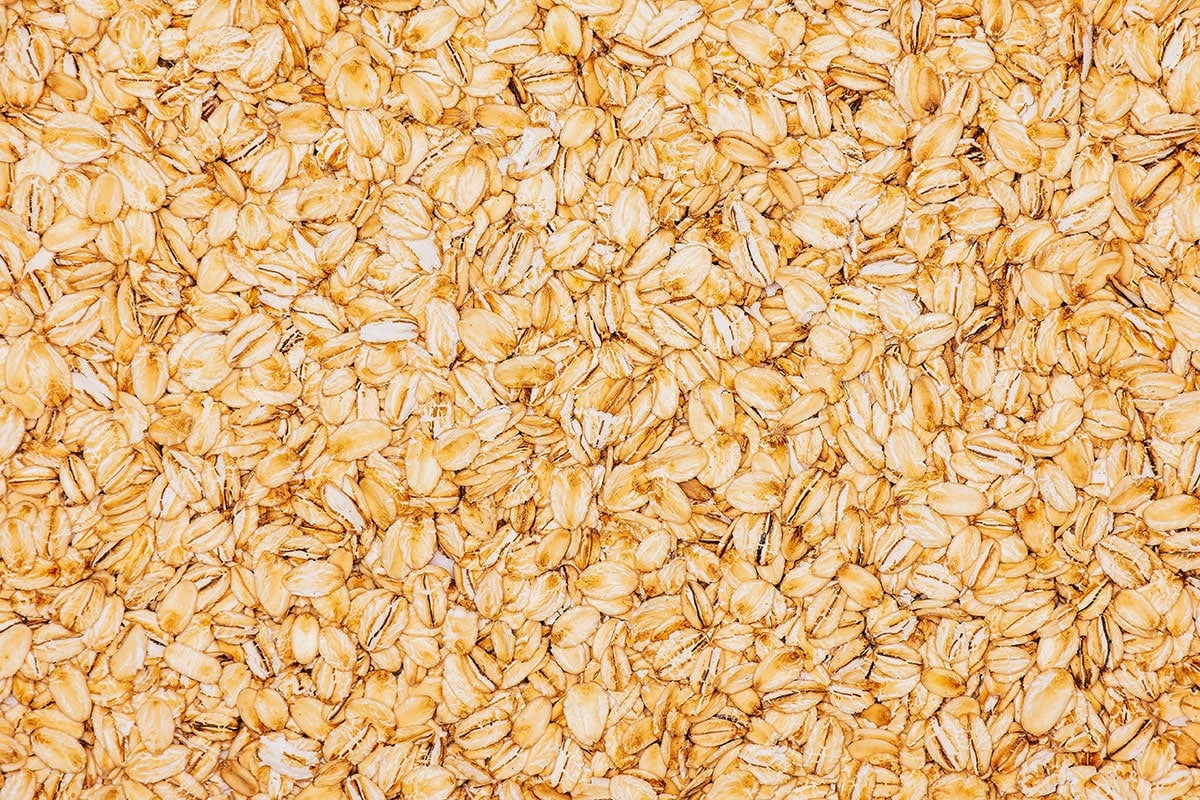
What Are They? Rolled oats, also known as old-fashioned oats, are a popular type of oat cereal that undergoes a specific processing method to make them more suitable for consumption to some people. The oat groats are cleaned to remove any foreign materials and then hulled to remove the tough outer husk. They are then lightly steamed to make them more pliable and easier to flatten. The steamed oat groats are then passed through large rollers that flatten them into flakes. These flakes are what we recognize as rolled oats.
Texture & Flavor: Rolled oats have a flat and slightly textured appearance. The flakes are thicker compared to other oat forms like instant oats or oat flour. When cooked, rolled oats have a chewy texture that can vary depending on the cooking time and method. The flavor of rolled oats is mild and slightly nutty, making them a versatile base for various toppings and mix-ins.
Cooking Method: Bring 2 cups of water to a boil. Add 1 cup of oats, and reduce to LOW heat. Let the oats cook for about 10 minutes uncovered, stirring occasionally. Once the oats reach your desired consistency, remove from heat and let them sit covered for a few minutes before serving.
Uses: Rolled oats can be used for much more than just breakfast. You can use them in a variety of recipes to include healthy cookies, breads, granola, and smoothies.
Quick Oats
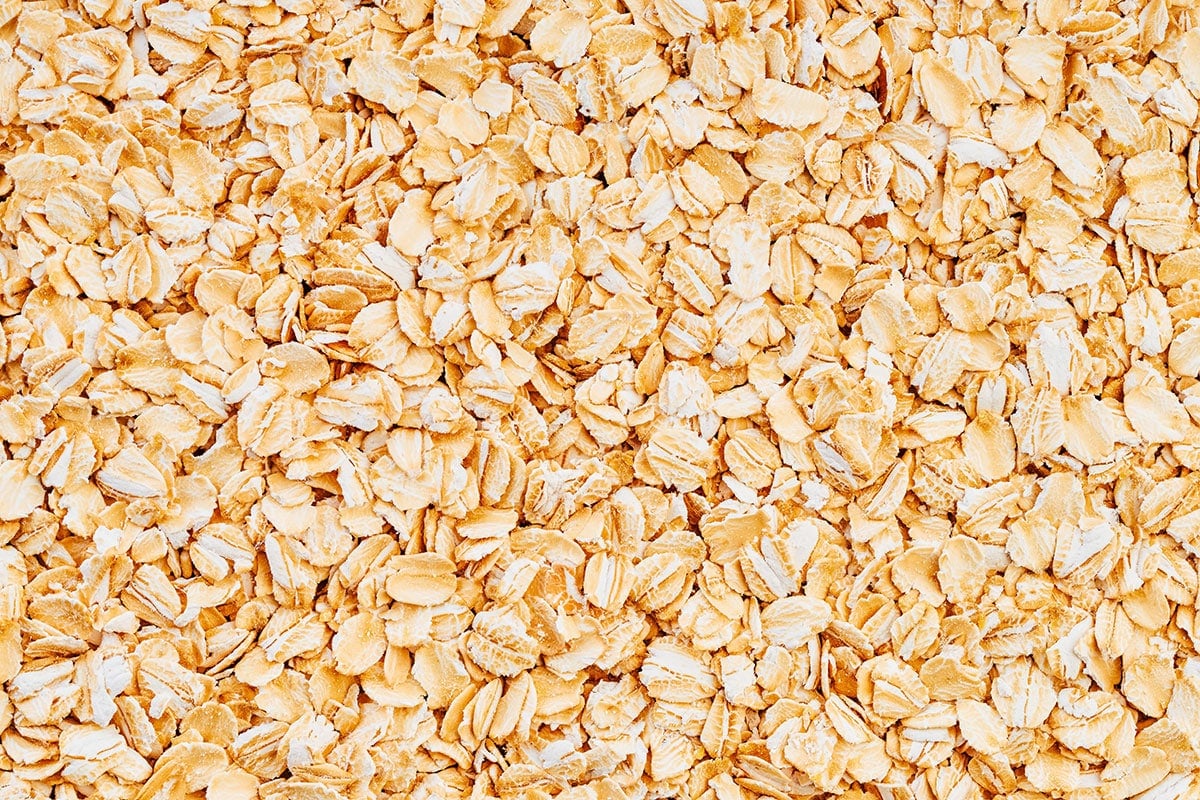
What Are They? Quick oats are a type of oatmeal that has been processed to cook more rapidly, but not as quickly as instant oats. They are made from whole oat groats that have been pre-steamed and then rolled into thin flakes. This processing method reduces the cooking time compared to traditional rolled oats or steel-cut oats.
Texture & Flavor: Quick oats have a finer texture compared to traditional rolled oats. Due to their thinner flakes, they cook more quickly and result in a softer, smoother consistency. However, this texture can sometimes be perceived as mushy by those who prefer a heartier oatmeal texture. In terms of flavor, quick oats generally have a mild, nutty taste.
Cooking Method: Cooking quick oats is incredibly easy, fast, and convenient to prepare
- Stovetop: Bring 2 cups of water to a boil. Add 1 cup of oats, and reduce to LOW heat. Let the oats cook for about 3 minutes uncovered. Once the oats reach your desired consistency, remove from heat and let them sit covered for a few minutes before serving. Again, you can add the oats to the water before boiling if you prefer the final texture. Experiment a bit.
- Microwave: Combine quick oats and water or milk in a microwave-safe bowl. Microwave on high for 1-2 minutes, stirring once or twice during cooking. Cooking times may vary depending on your microwave’s power. Or, just read the instructions on the package.
- Overnight Oats: Quick oats are also popular for making “Overnight Oats.” Combine quick oats with liquid (such as milk or yogurt), fruits, nuts, and sweeteners in a jar or container. Refrigerate overnight, and in the morning, you’ll have a no-cook oatmeal ready to eat. Here is more on The Basics of Overnight Oats.
Instant Oats
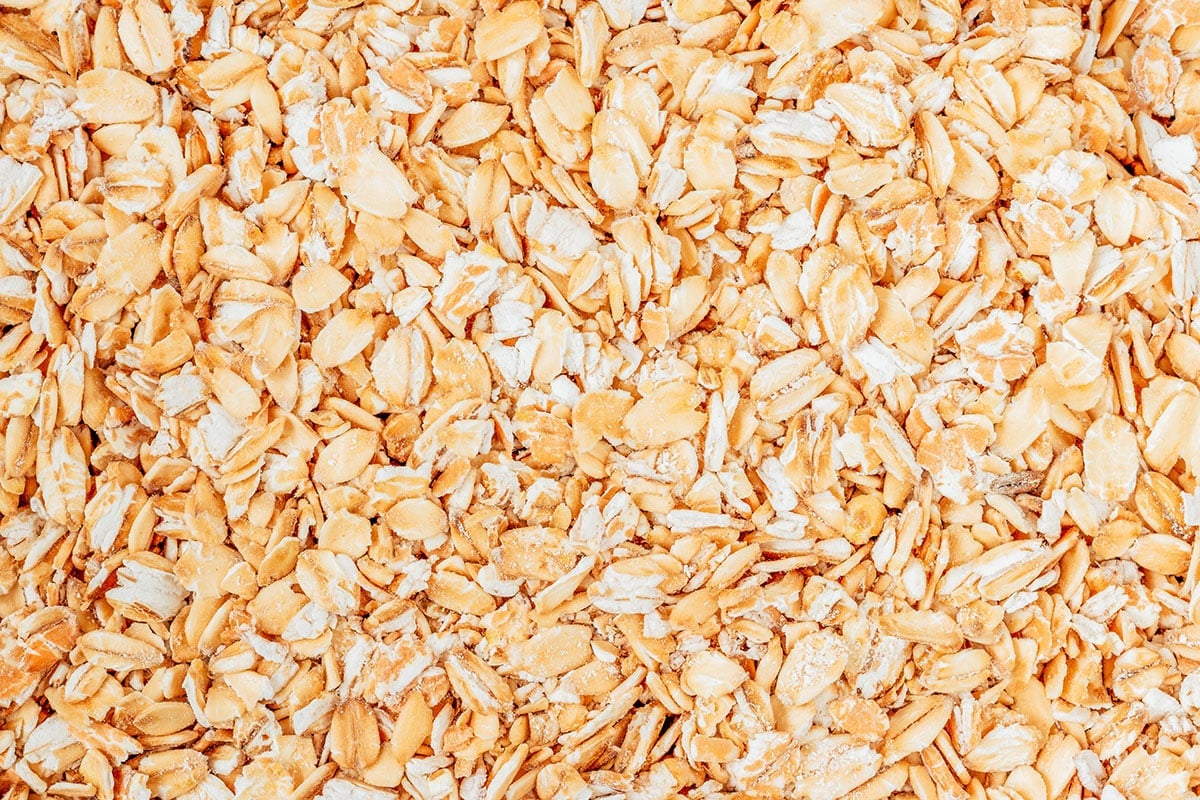
What Are They? Instant oats are a type of oat product that has been pre-processed for faster (fastest) cooking. They are made from whole oat groats that have been steamed and then rolled thin and then cut into smaller pieces. The rolling process increases the surface area of the oats, which leads to quicker absorption of liquids and faster cooking times.
Texture & Flavor: Instant oats have a finer texture compared to traditional rolled oats or even quick oats. They tend to be softer and less chewy after cooking. Some people prefer this smoother texture, while others may find it less satisfying than the chewier texture of regular rolled oats. In terms of flavor, instant oats have a milder oat taste compared to steel-cut oats, but they can still be quite versatile and can be flavored with various ingredients.
Cooking Method: Put ⅓ cup of oats in a bowl with ⅔ cup water, or ½ cup of oats with 1 cup of water and put it in the microwave on high for 1-2 minutes. Or, just follow the directions on the box. Remember that instant oats are already partially cooked during processing, so they require less cooking time compared to traditional rolled oats or steel-cut oats.
Other Uses: They are a great option for a quick smoothie for you when you make them for the kid’s breakfast. Or amp up the nutrition in your oatmeal with a bowl of Egg White Oatmeal.
Nutritional Caveat
Due to the processing that instant oats undergo, they are more finely broken down compared to other oat varieties. This can lead to faster digestion and absorption. The higher surface area resulting from the rolling process means that instant oats can be broken down more rapidly by digestive enzymes, potentially leading to a quicker release of energy and potential glucose spikes. Avoid all of that and make your own instant oatmeal packets!
Oat Bran
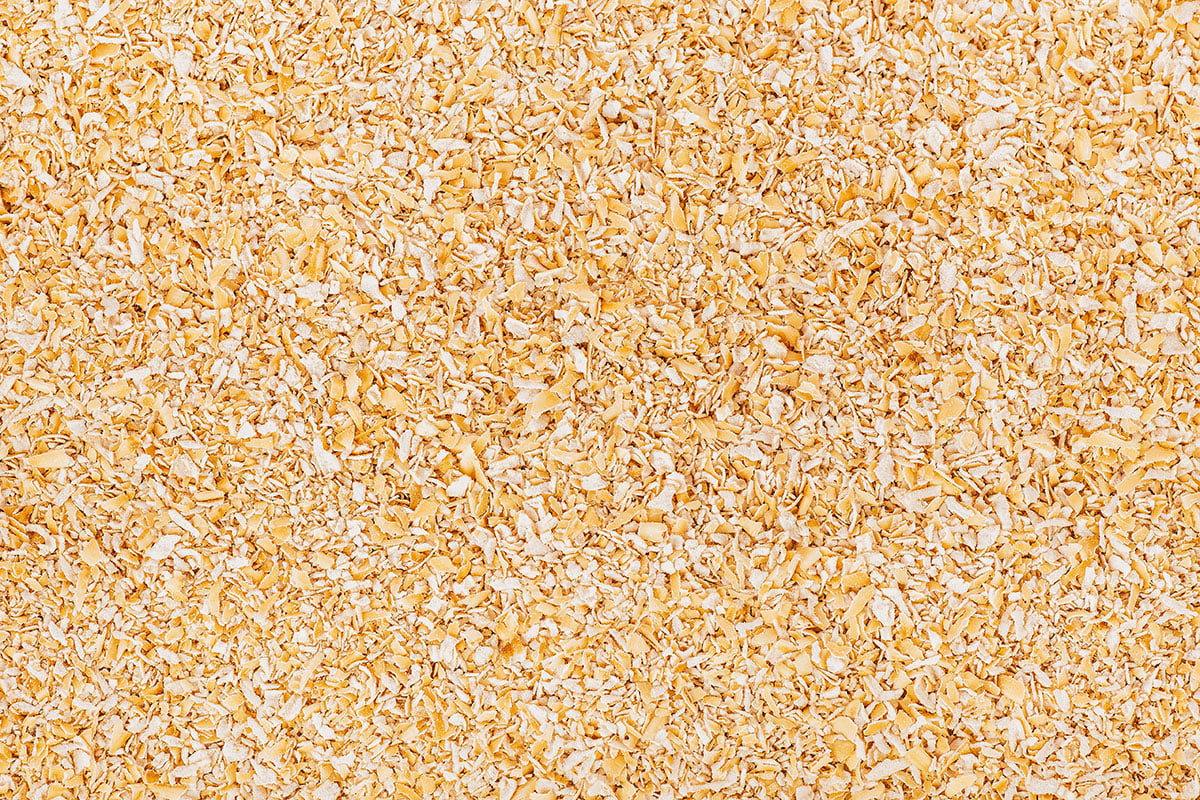
What Is It? Oat bran is a component of the oat grain that can be removed during the milling process of whole oats. It is the outer layer of the oat kernel and consists of the bran, endosperm, and germ. Oat bran is commonly extracted by grinding the outer layer of the oat groat, which results in a coarse and fibrous product.
Texture & Flavor: Oat bran has a coarse and gritty texture due to its fibrous nature. It has a nutty and slightly sweet flavor, which makes it a versatile ingredient for both sweet and savory dishes.
What to Do with Oat Bran
- Hot Cereal: Similar to oatmeal, oat bran can be cooked with water or milk to create a warm and nutritious breakfast cereal. It cooks relatively quickly due to its smaller particle size compared to whole oat grains.
- Baking: Oat bran can be used in baking recipes to enhance the fiber and nutrient content of bread, muffins, pancakes, and other baked goods.
- Smoothies: Adding oat bran to smoothies can boost their fiber and nutrient content without significantly affecting the flavor.
- Yogurt Parfaits: Layering oat bran with yogurt, fruits, and nuts can create a satisfying and nutritious parfait.
- Soups and Stews: Oat bran can be used as a thickening agent for soups and stews due to its ability to absorb liquid and create a hearty texture.
When cooking with oat bran, it’s essential to consider its absorbent nature, as it can quickly thicken liquids. Adjusting the liquid-to-oat bran ratio can help achieve the desired texture in various dishes.
Oat Flour
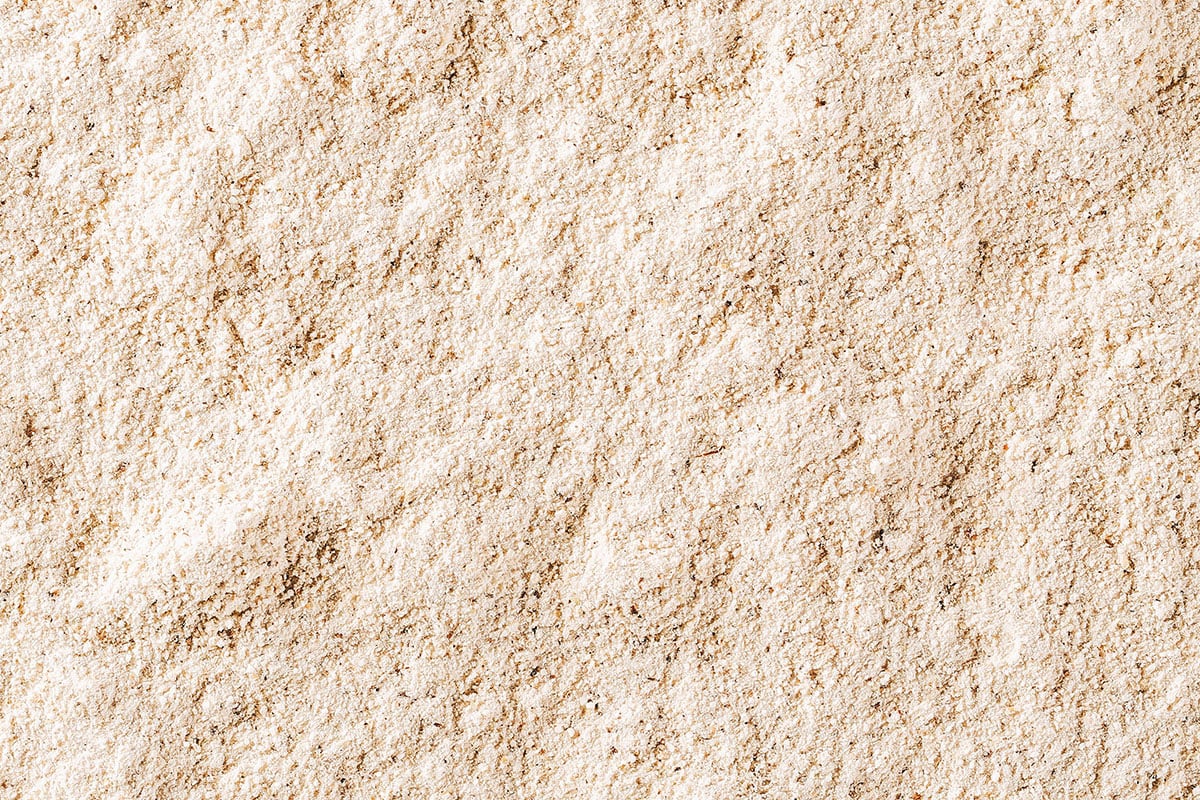
What Is It? Oat flour is made by grinding whole oats into a fine powder. The process involves removing the outer husk of the oat kernel and then grinding the inner oat groat into a flour-like consistency. This flour can be used as a gluten-free alternative to traditional wheat flour in various recipes.
Texture & Flavor: Oat flour has a slightly nutty and mild flavor, which adds a pleasant taste to recipes. Its texture is much finer than that of rolled oats, making it suitable for baking and cooking. It can sometimes be denser than wheat flour, so it might yield slightly different results in certain recipes.
What to Do with Oat Flour: Oat flour is a versatile ingredient that can be used in a variety of dishes, especially for those looking for gluten-free alternatives.
- Baking: Oat flour can be used in baking to make cookies, muffins, pancakes, and more. It’s often used in combination with other gluten-free flours to achieve desired textures.
- Thickening: Oat flour can be used as a thickening agent in soups, stews, and sauces due to its ability to create a smooth consistency when mixed with liquids.
- Smoothies: Oat flour can be added to smoothies to increase their fiber and nutrient content while also providing a slightly creamy texture.
- Coating: Oat flour can be used as a coating for proteins like chicken or fish before frying or baking, providing a crispy outer layer.
- Homemade Oat Milk: Oat flour can be blended with water to create oat milk, a popular dairy-free alternative. The recipe we attached here can also be made with rolled oats!
When using oat flour in recipes, it’s important to consider its slightly different texture and binding properties compared to traditional wheat flour. Experimentation and adjustment might be needed to achieve the desired results.
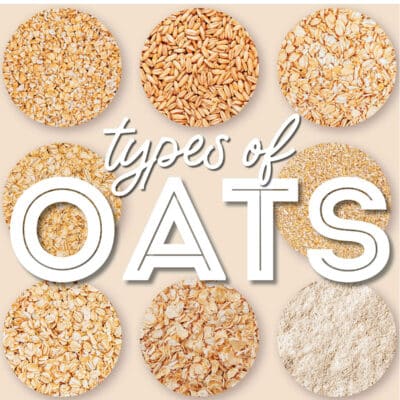
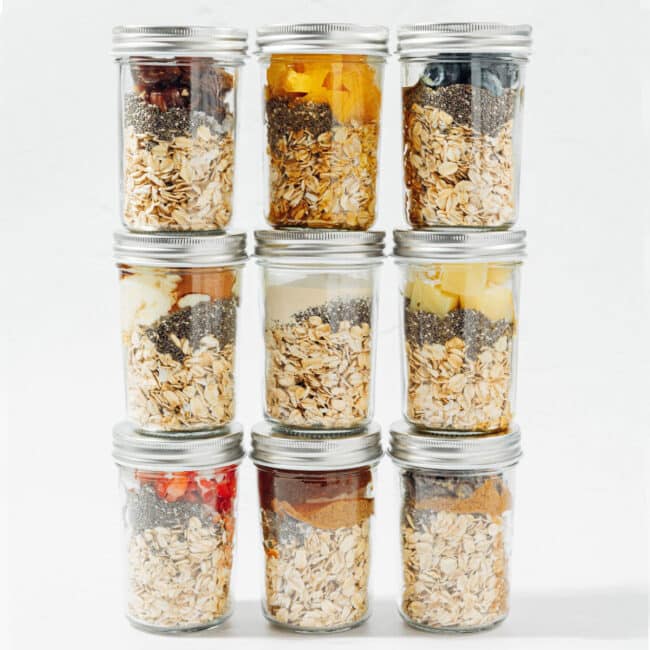
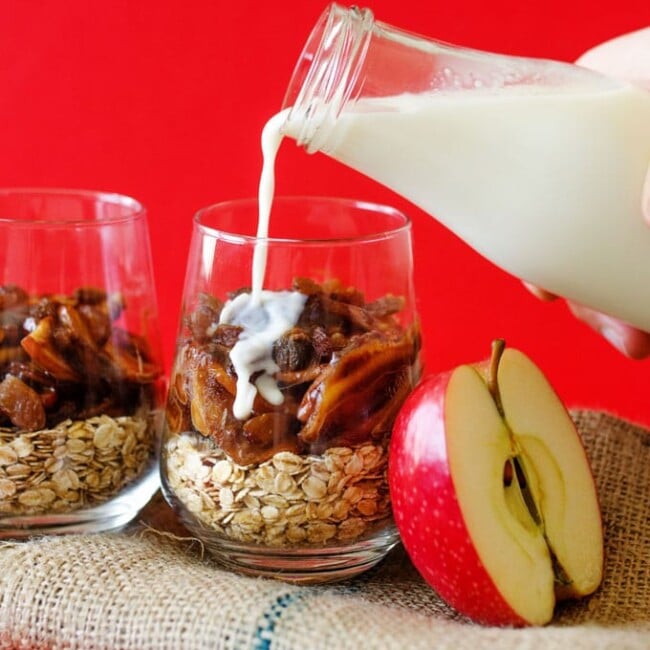
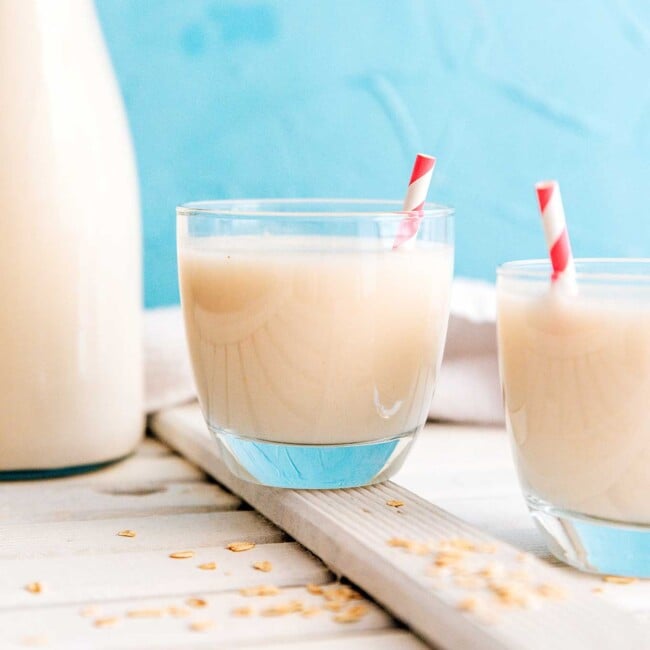
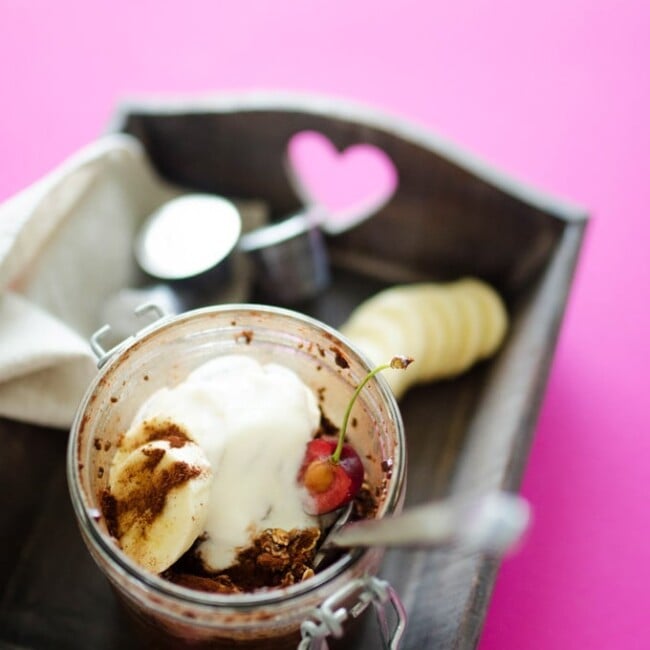
Odelia says
Hi Sarah,
You said that oat flour can be blended with water to create oat milk, a popular dairy-free alternative.
Do you have the flour to water ratio?
It will taste the same as soak oat without blending, straining & filter right?
Almost like cold brew oats if there is such a thing.
Sarah Bond says
I actually have a recipe for oat milk here! 🙂
Odelia says
Hi Sarah
Read your reply but it did not address my question:
Making oat milk from oat flour + water.
What is the ratio of water to oat flour.
I have read your oat milk recipe.
I have tried making oat milk & overnight oat with milk, with water, cold brew & soon fermented oat kessel.
Pls let me have the oat flour to water ratio. Thanks.
Sarah Bond says
Oops I see now. 1 cup of flour for every 4 cups of water! 🙂